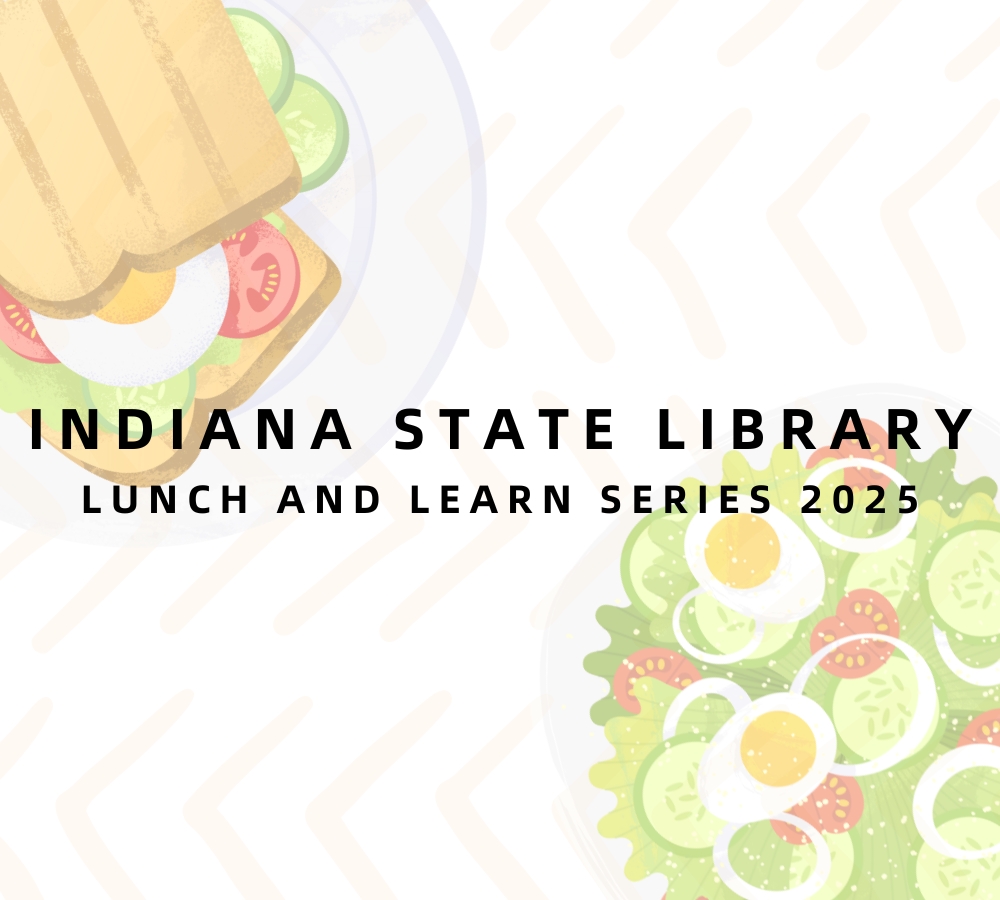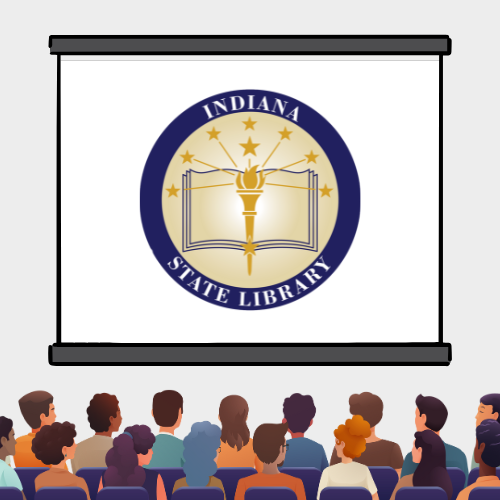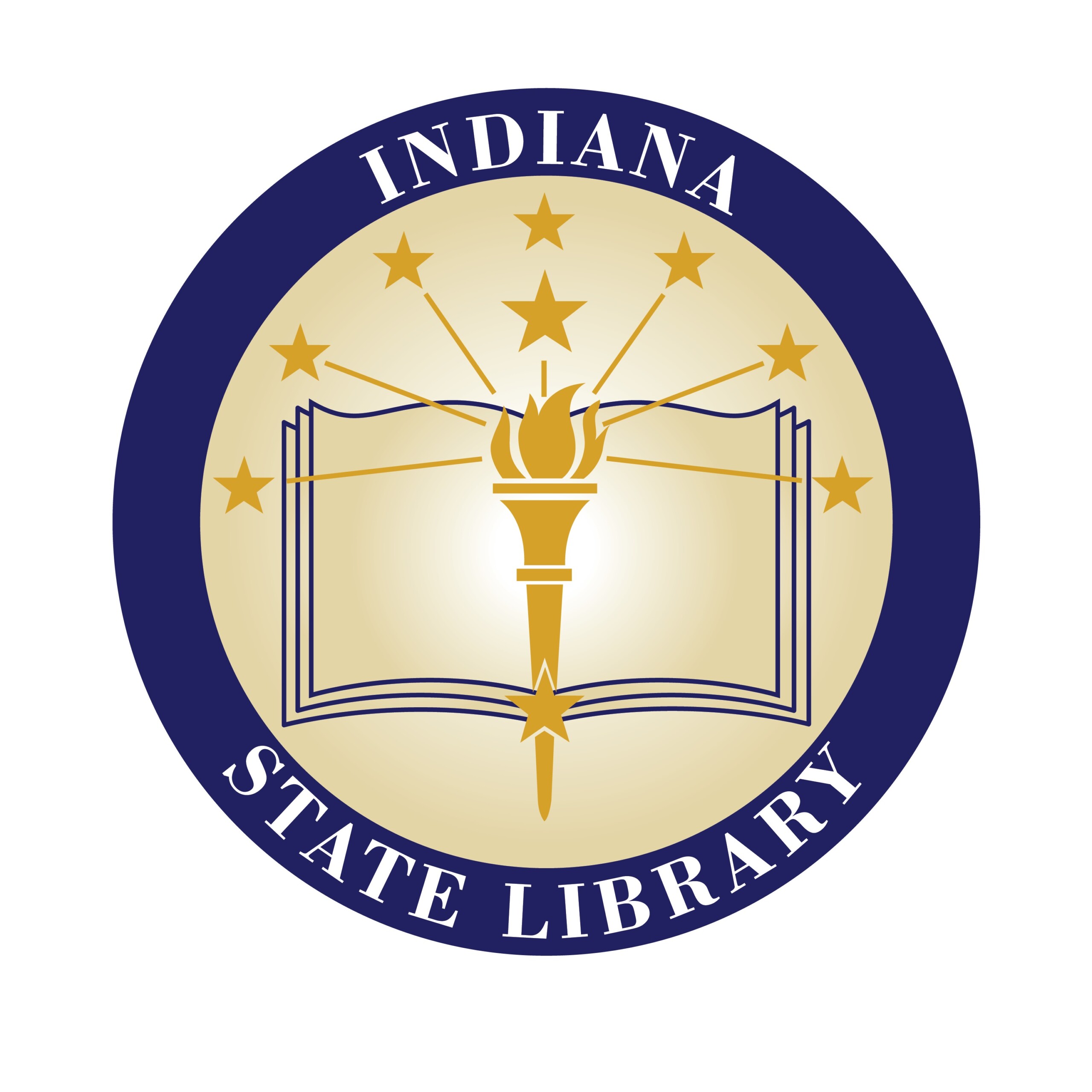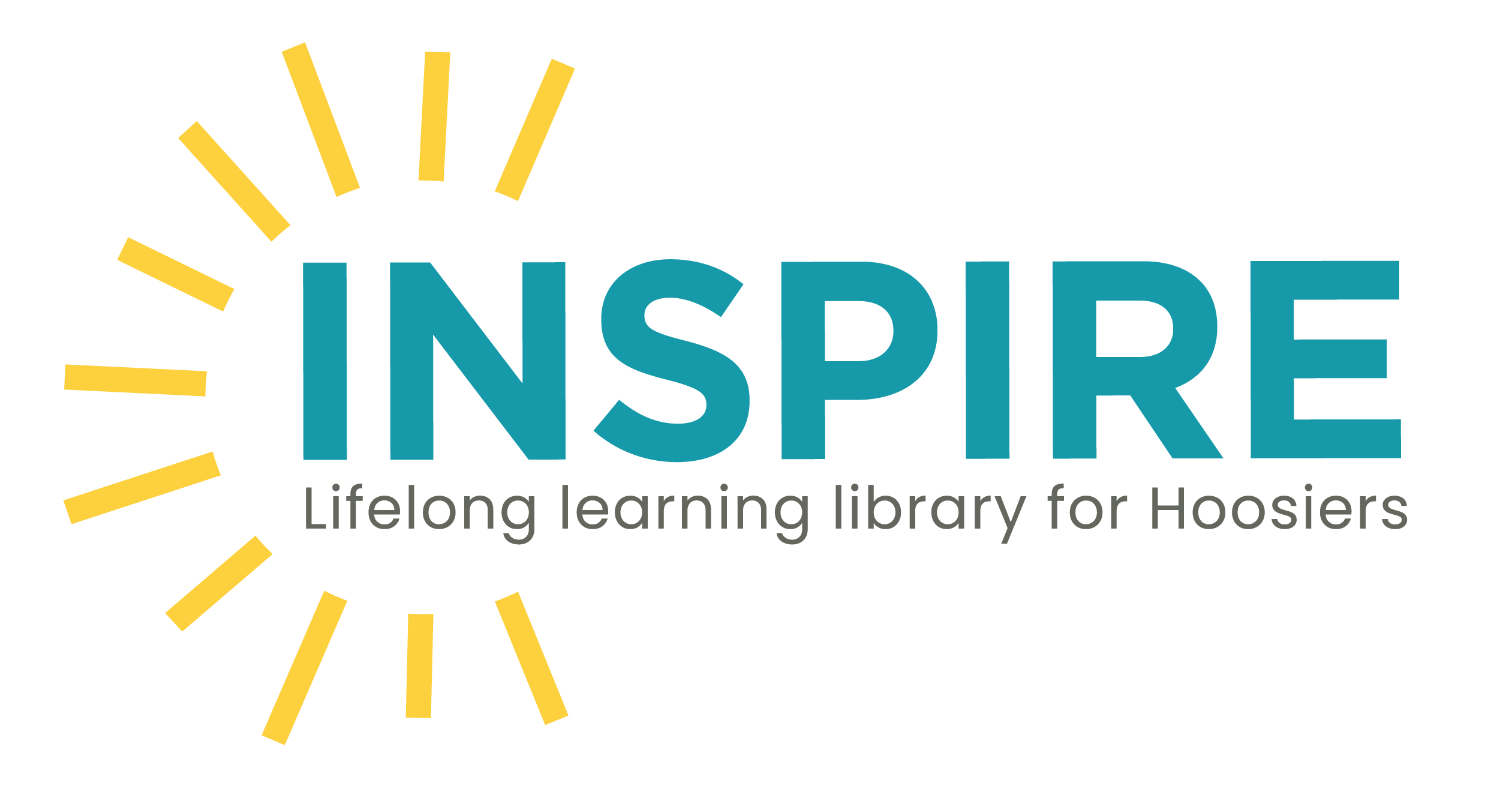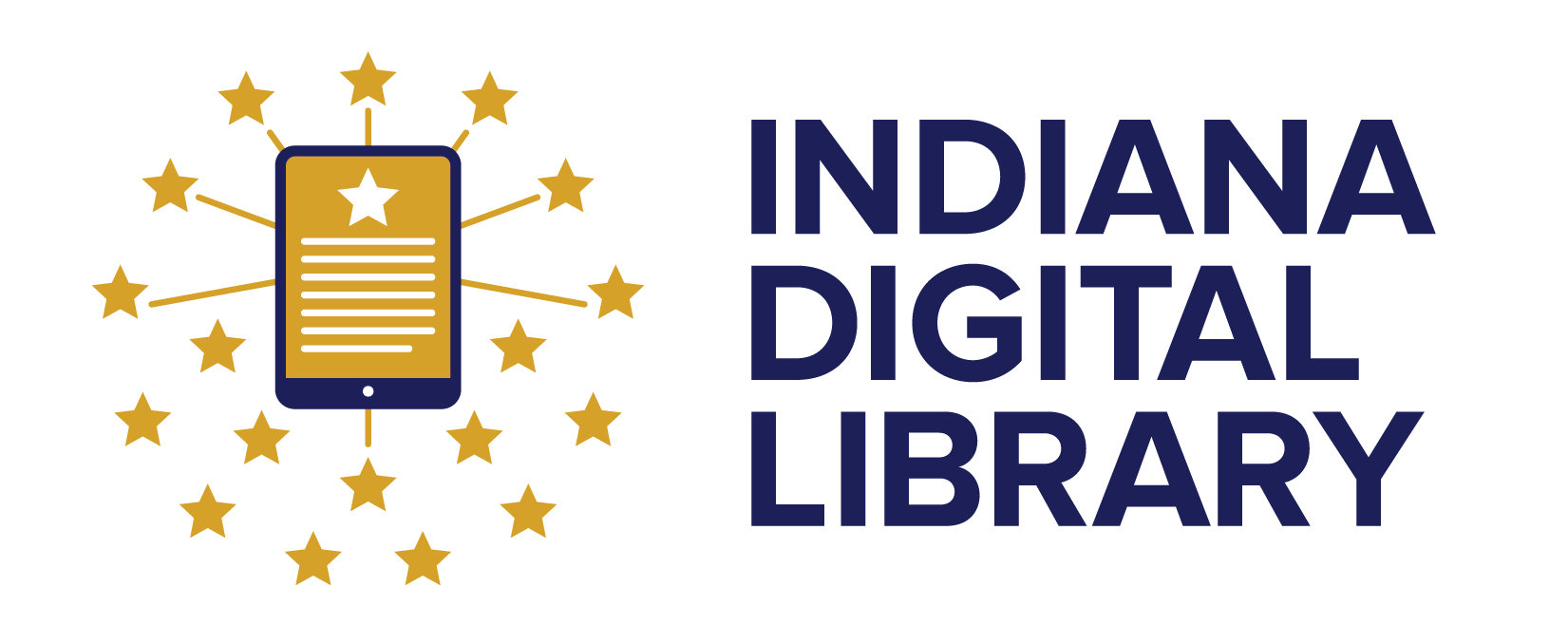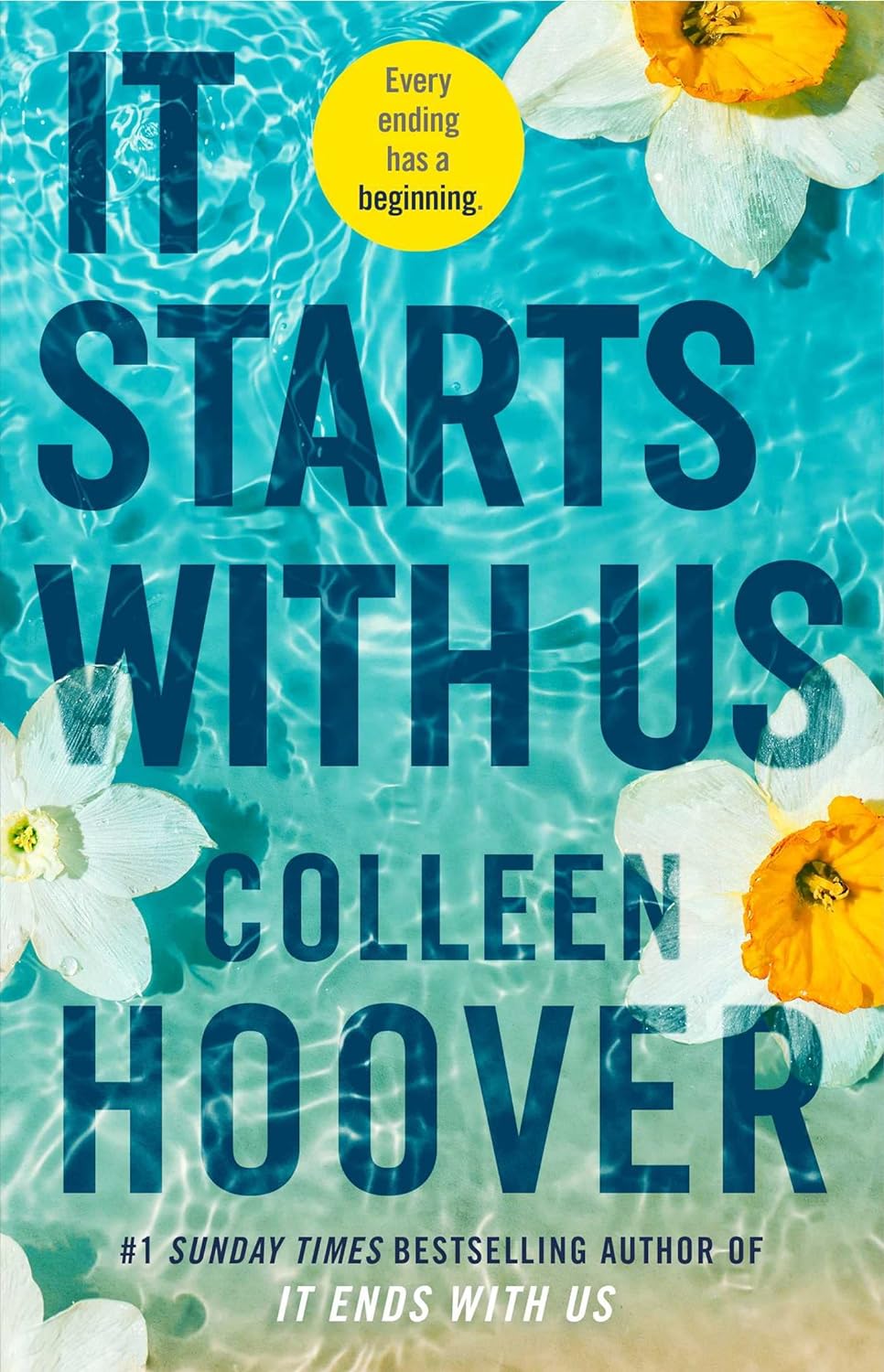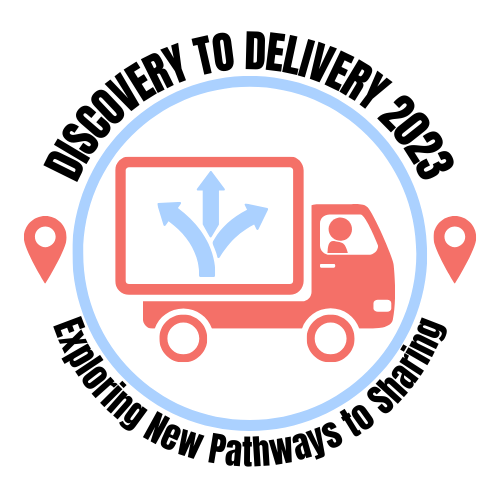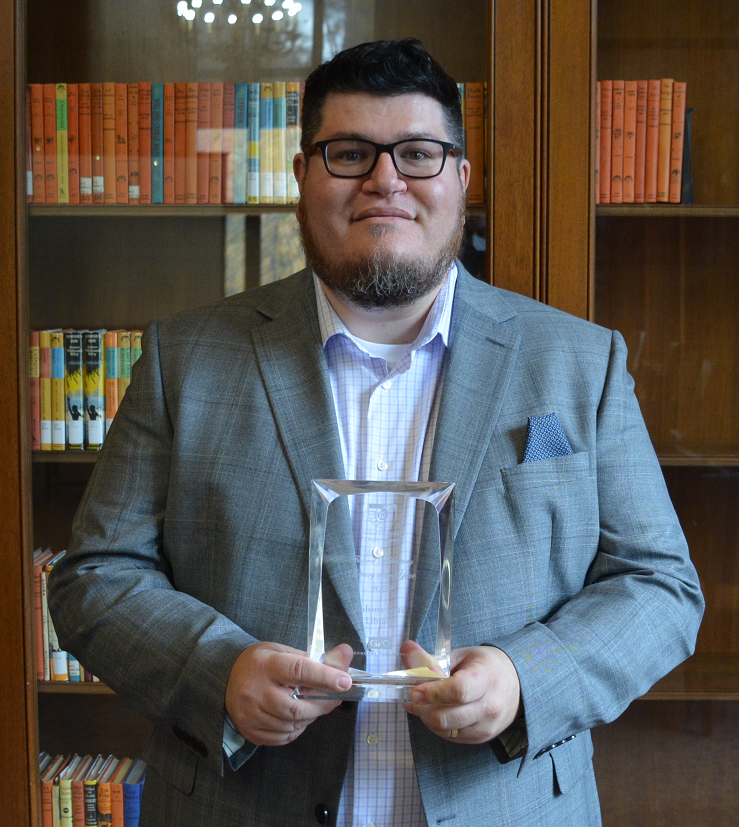This year, during the Indiana State Library’s Bicentennial, we have an exciting public programming lineup, beginning with escape rooms and trivia contests that anyone can attend during their lunch break. Our first escape room event, held Feb. 20, was a huge success and enjoyed by all. Come join us for any of the following events that will take place in the Indiana State Library!
Indiana State Library Bicentennial Programs
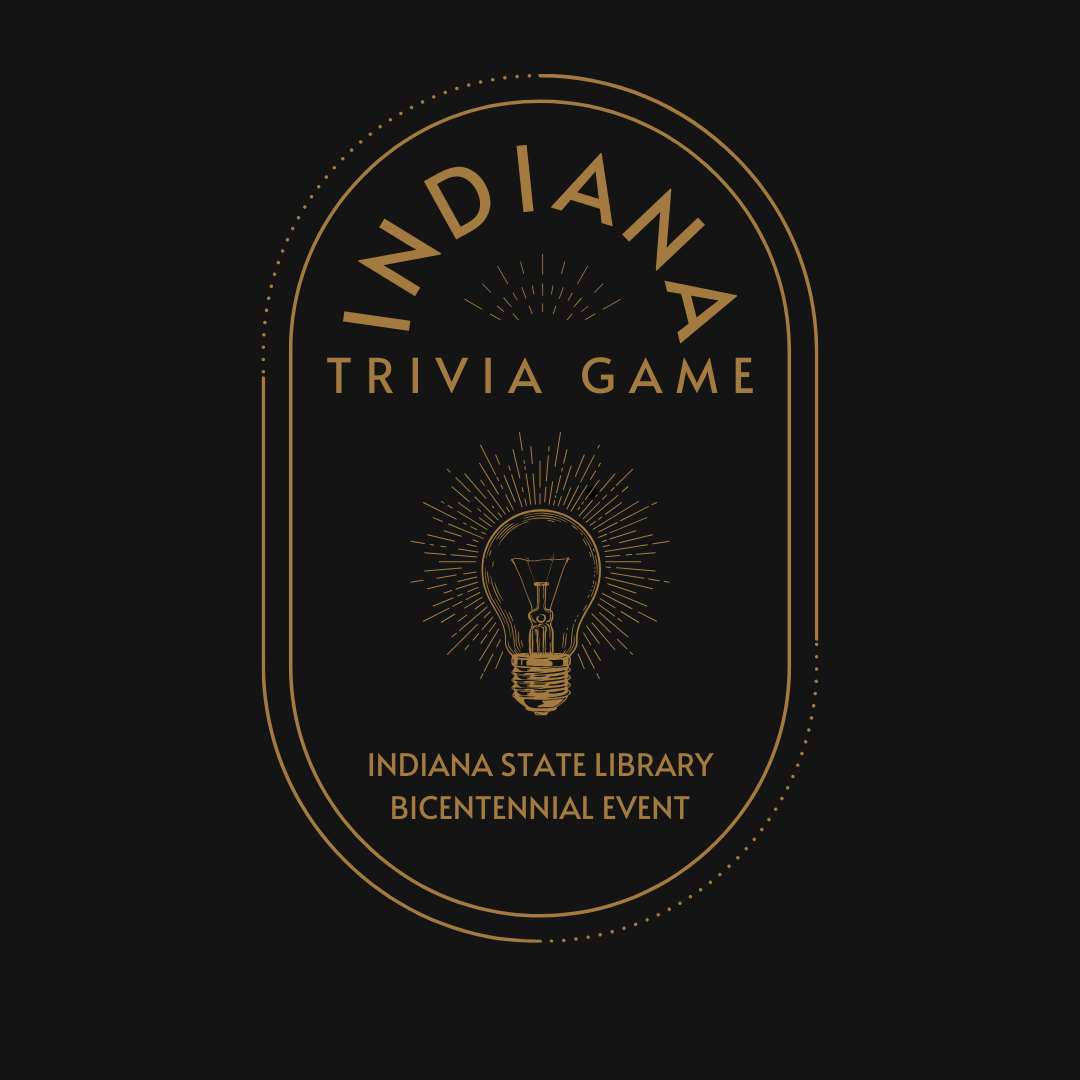 “Indiana Trivia Game”
“Indiana Trivia Game”
April 17 and Aug. 20, 12-1 p.m.
Gather your team and join us on your lunch break for a lively game of Indiana trivia!! What is your day missing? Trivia! How much does this cost? Nothing! It’s free! Will there be prizes? Yes! The winning team will win a gift basket filled with Indiana goodies. Will this be fun? Yes, all of our trivia is certified fun.
How do I join the fun? This event is free and open to the public. Registration is required. Register your team here for April 17 and here for Aug. 20! You will receive a reminder email two days before the event with parking information.
“Hoosier Women Escape Room”
May 15, 12-1 p.m.
Gather your team and join us on your lunch break for an escape room featuring amazing Hoosier women throughout history!
Step into an intriguing world where participants are tasked with unraveling the mystery behind the disappearance of a set of photographs featuring notable Hoosier women. These images were meticulously curated by the librarians at the Indiana State Library, only to be swiped by none other than Sammy, the Interviewing Toucan. This clever bird, feeling underappreciated, has taken it upon himself to stir up some excitement through his playful antics. As you navigate this immersive experience, your mission is to outwit Sammy and recover the stolen photographs, piecing together the stories of these inspiring women. Will you be able to catch the elusive toucan and restore the scrapbook to its former glory? The challenge awaits!
This event is free and open to the public. Registration is required. Register here.
“Constitution Day Trivia”
Sept. 17, 12-1 p.m.
Celebrate Constitution Day with a lunchtime trivia showdown! Join the Indiana State Library for a fun and fast-paced trivia game focused on the U.S. Constitution, American history and civics. Participants will test their knowledge, compete with friends and coworkers and win prizes! Whether participants are history buffs or just in it for fun, this event is a great way to honor the founding document of our Nation. Registration is required. The program will take place in the History Reference Room at the Indiana State Library. Participants can join a team or gather their own dream team and register together.
Registration coming soon.
“A Ghostly Gathering at the Indiana State Library”
Oct. 10, 6-9:30 p.m.
Step into the shadows of the Indiana State Library for a thrilling night of treats, tales and things that go bump in the stacks! Come in costume and don’t forget a goodie bag for trick-or-treating through the library’s stacks. Enjoy spooky stories, snacks, photo ops and a movie screening to end the evening with a few laughs and frights. Registration is required to attend this ghostly gathering, so reserve a spot before it vanishes.
Special guests, Circle City Ghostbusters, will be in attendance.
Registration coming soon.
Lunch and Learn Series
“Introduction to Genealogy at the Indiana State Library”
May 13, 12-1 p.m.
“Introduction to Genealogy at the Indiana State Library,” presented by Jamie Dunn, will highlight the resources, services and programs of the Genealogy Division of the Indiana State Library. Explore the Genealogy collection, with an overview of the content and formats available in the family history collection to help you with your genealogy research. Register here.
“Using Maps in Your Research”
Sept. 9, 12-1 p.m.
In “Using Maps in Your Research,” presenter Monique Howell will show the different kinds of maps available at the Indiana State Library, including digital maps. Sanborn, topographic, transportation maps, and more will be covered. Registration coming soon!
“Indiana State Library History”
Oct. 14, 12-1 p.m.
“Indiana State Library History,” a bicentennial celebration Lunch and Learn with cake and a library tour, will be presented by Jamie Dunn. This program tells the history of the Indiana State Library from its establishment in 1825 to the present day. Starting as a small reference collection for the Indiana Legislature, over the past 200 years the library has grown into a premier research library specializing in Indiana history, state government documents, family history, newspapers, maps and more. Registration coming soon!
“Introduction to Native American Research”
Nov. 18, 12-1 p.m.
“Introduction to Native American Research,” presented by genealogy librarian Sarah Pfundstein, will cover basic methodologies of Native American research and sources in the Indiana State Library and other venues. Registration coming soon!
Summer Lecture Series
“Unlock the Power of using DNA to Enhance Your Genealogy”
June 14, 11 a.m.-12:30 p.m.
Join the Indiana State Library for a day of discovering how to use DNA testing results. In three sessions, attendees will learn how to leverage DNA to uncover their family history, fill in the gaps of their family tree and gain valuable tips and tricks on how to apply these methods to their own research.
Session one: “DNA Ethnicities and Thrulines”
Explore DNA ethnicity estimates and Thrulines. Learn how to interpret ethnicity results and use Thrulines to discover potential connections within a family tree.
Session two: “Shared Matches”
Shared matches are key to confirming relationships and uncovering genetic cousins. Learn what a shared match list shows and how it can be used to identify relatives and confirm connections.
Session three: “Case Studies”
Pulling it all together. Discover practical techniques to analyze shared match data and help you build out a family tree with confidence. The presenter will explore case studies and show how combining traditional methods with DNA insights can lead to breakthroughs in genealogical research.
Don’t miss out on this opportunity to enhance genealogy skills and connect with the past in a whole new way!
This event is free and open to the public. Registration is required. Click here to register. Indiana library staff will receive LEUs for attending.
Parking validation will be available for attendees who park in the Senate Avenue parking garage directly across from the library and bring their ticket in for validation.
“The Life and Times of Madge Oberholtzer”
July 12, 11 a.m.-12:30 p.m.
“The Life and Times of Madge Oberholtzer,” with author Charlotte Ottinger, will be presented on July 12. Join us for a compelling lecture with Ottinger, author of “Madge: The Life and Times of Madge Oberholtzer, the Young Irvington Woman Who Brought Down D.C. Stephenson and the Ku Klux Klan.” Discover the gripping true story of Madge Oberholtzer, whose courageous actions led to significant changes in Indiana. Learn about her life, tragic murder and the impact she had on dismantling the Ku Klux Klan in Indiana. Books will be available for purchase at the event. Registration coming soon!
“Jonathan Knight – Pathfinder of American Roads”
Aug. 9, 11 a.m.-12:30 p.m.
Pat Chase, author of the book “Jonathan Knight – Pathfinder of American Roads,” will be giving a lecture and book signing detailing his recently-published biography. Jonathan Knight was an American who had a substantial influence in the development of Indiana – and all of American society – in the first half of the 19th century.
Knight was employed by the United State Department of War in 1825 to be the commissioner and surveyor of the National Road through Ohio, Indiana and Illinois. The National Road became the largest financial undertaking by the federal government prior to the Civil War. In 1827, the town of Knightstown, Indiana was named in his honor. Knight was the official who determined the route that the National Road took through Indiana. After completing his work on the National Road, he was hired to be the first Chief Civil engineer of the B&O Railroad, American’s first commercial railroad. Under Knight’s management the B&O started at the port of Baltimore passing over and through the Appalachian Mountains to the Ohio River, thus creating a major economic and cultural impact for those states that bordered the Ohio River. Knight was a brilliant self-taught mathematician; he was a devout Quaker who worked to stop the spread of slavery in the years prior to emancipation. Knight served in the Pennsylvania State Senate for six years and in 1854 was elected to the United States Congress from his home of Washington, Pennsylvania. Registration coming soon!
We hope to see you there!
This post was submitted by the administration of the Indiana State Library.

